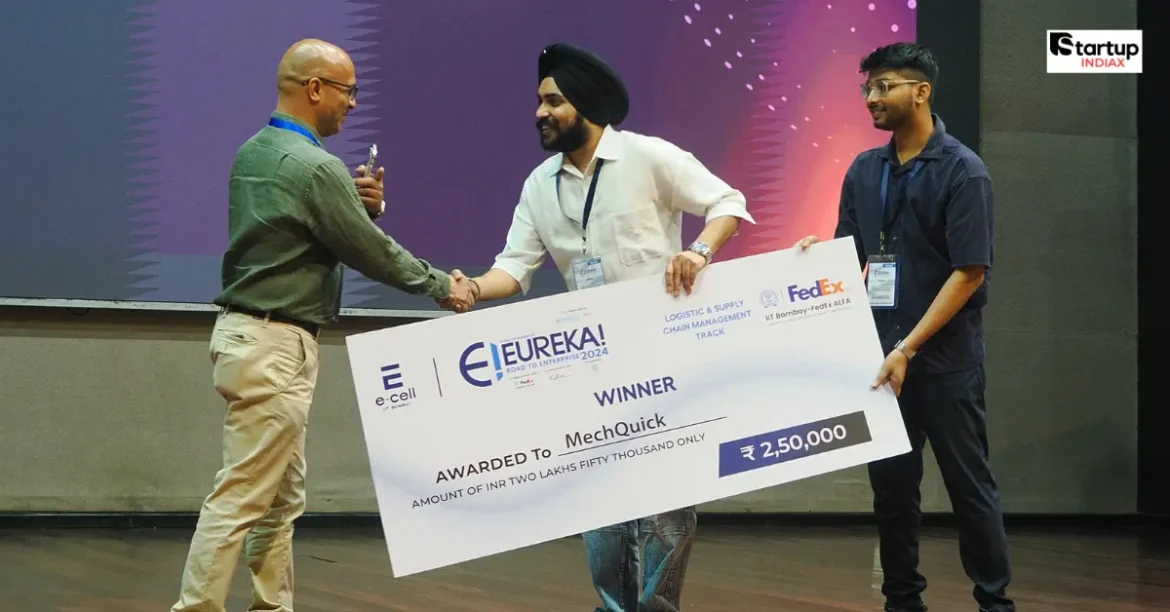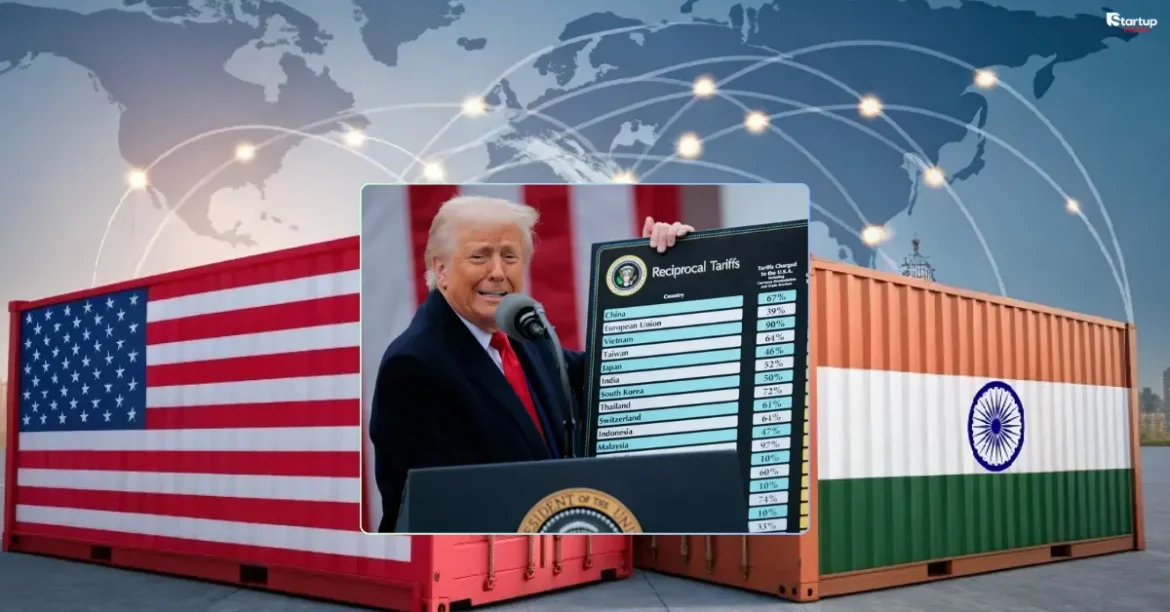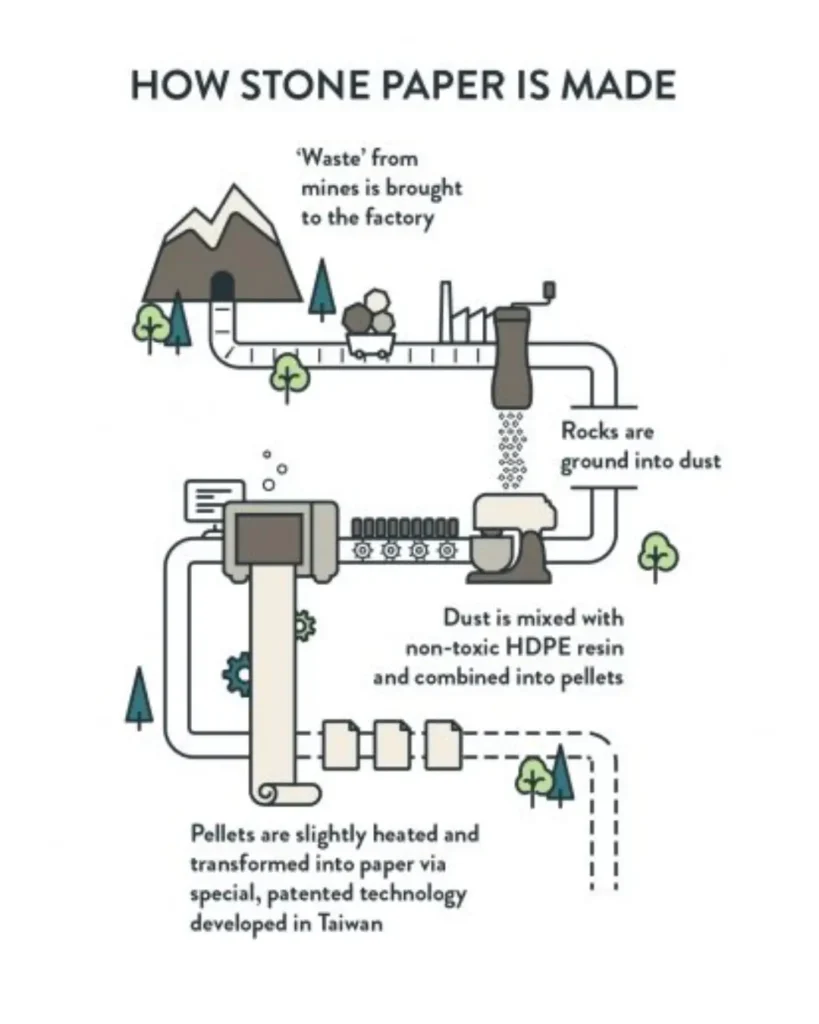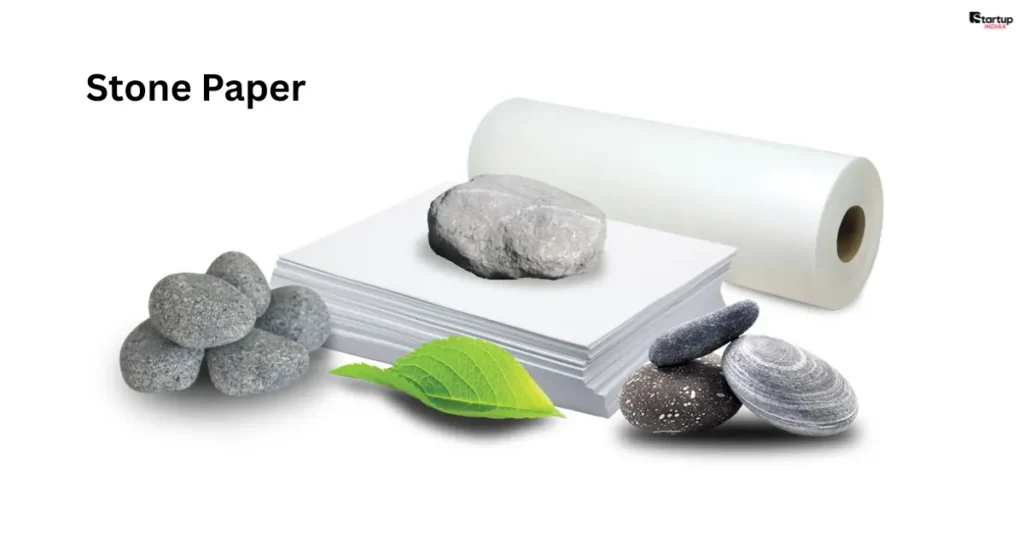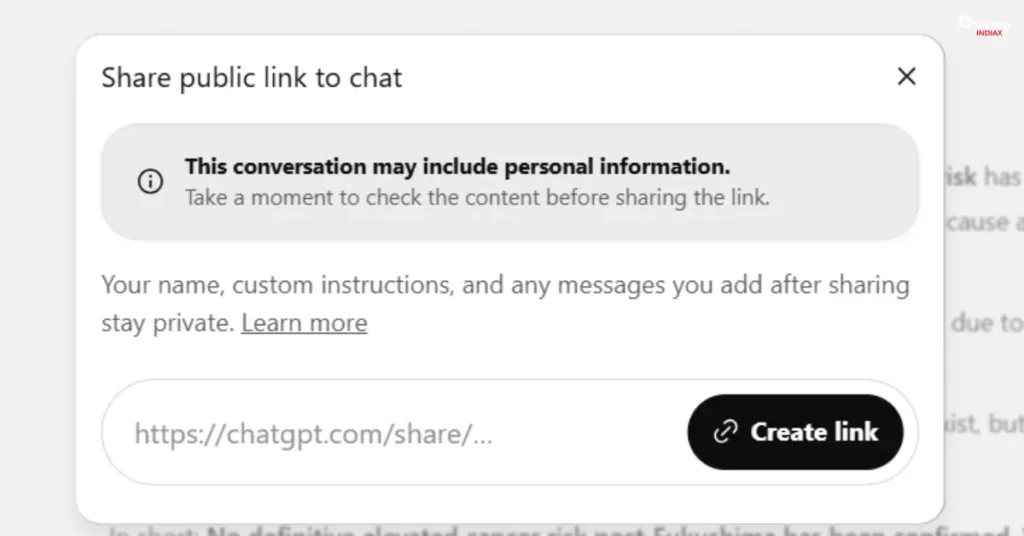Fractal Analytics IPO marks a pivotal moment for India’s AI and analytics sector, with the company filing its DRHP for an INR 4,900 crore public offering in 2025. As a leader in AI-driven solutions, Fractal Analytics is poised to reshape the industry, offering entrepreneurs and investors critical insights into growth strategies and market trends. This article, published by Startup INDIAX, explores seven transformative changes brought by this IPO, from funding innovation to impacting India’s startup ecosystem. Learn why this IPO is a must-watch for founders, investors, and digital professionals.
Table of Contents
What Is the Fractal Analytics IPO and Why Does It Matter?
The Fractal Analytics IPO is one of the most anticipated public offerings in India’s tech landscape for 2025. Fractal Analytics, a global leader in artificial intelligence and analytics, filed its Draft Red Herring Prospectus (DRHP) with SEBI to raise INR 4,900 crore. This move signals the company’s ambition to scale its AI-driven solutions and solidify its position in a competitive market.
Why does this matter? For startups and entrepreneurs, Fractal’s IPO highlights the growing importance of AI in business transformation. According to a 2024 NASSCOM report, India’s AI market is expected to reach $17 billion by 2027, growing at a CAGR of 25-35%. Fractal’s public debut could inspire other Indian tech firms to tap capital markets, fueling innovation and competition.
How Much Is Fractal Analytics Raising Through Its IPO?
Fractal Analytics aims to raise INR 4,900 crore through a combination of fresh issuance and an offer for sale (OFS). The IPO includes:
- Fresh Issue: INR 2,250 crore to fund growth initiatives.
- Offer for Sale: Up to 30.9 million equity shares by existing shareholders, including TPG and other investors.
This structure allows Fractal to balance growth capital with investor exits, a common strategy for mature startups. For context, India saw 21 IPOs in the tech sector in 2024, raising over INR 30,000 crore collectively, per BSE data. Fractal’s IPO stands out due to its scale and focus on AI, a high-growth sector.
What Are the Key Objectives of Fractal Analytics’ IPO?
Fractal Analytics has outlined clear objectives for its IPO, aligning with its mission to empower businesses with data-driven decisions. The primary goals include:
- Scaling AI Innovation: Enhancing its proprietary platforms like Flyfish and Crux Intelligence.
- Global Expansion: Strengthening its presence in North America, Europe, and Asia.
- Debt Reduction: Allocating funds to reduce financial liabilities, improving balance sheet health.
- Talent Acquisition: Investing in top-tier AI talent to stay ahead of competitors.
These objectives reflect Fractal’s strategic vision to remain a leader in the global AI market, projected to grow to $500 billion by 2025, per McKinsey.
How Will Fractal Analytics Use the IPO Funds?
The INR 2,250 crore from the fresh issue will be allocated as follows:
- R&D and Product Development: Approximately 40% to enhance AI platforms and develop new solutions.
- Global Market Expansion: 30% for entering new markets and strengthening client relationships.
- Debt Repayment: 20% to reduce existing debt, improving financial flexibility.
- General Corporate Purposes: 10% for operational needs and unforeseen expenses.
This allocation underscores Fractal’s focus on innovation and global reach. For example, its AI platform Flyfish helps Fortune 500 companies like Unilever optimize supply chains, saving millions annually. Startup INDIAX notes that such strategic investments could set a benchmark for other Indian tech firms going public.
What Makes Fractal Analytics a Leader in AI and Analytics?
Founded in 2000 by Srikanth Velamakanni and Pranay Agrawal, Fractal Analytics has grown from a Mumbai-based startup to a global powerhouse serving over 100 Fortune 500 clients. Its leadership stems from:
- Proprietary AI Platforms: Tools like Flyfish and Crux Intelligence deliver predictive analytics and actionable insights.
- Diverse Client Base: Serving industries like retail, healthcare, and finance, including giants like Google and Pfizer.
- Strong Financials: Reported revenue of INR 2,000 crore in FY24, with a 30% YoY growth rate.
- Global Footprint: Offices in 16 countries, with 60% of revenue from North America.
Fractal’s ability to combine AI with human expertise has earned it accolades, including a spot on Forbes’ AI 50 list in 2023. This IPO positions Fractal to compete with global players like Palantir and Databricks.
How Does the IPO Impact India’s Startup Ecosystem?
The Fractal Analytics IPO is a milestone for India’s startup ecosystem, signaling maturity in the tech sector. Here’s how it impacts founders and entrepreneurs:
- Inspiration for Scale: Fractal’s journey from a bootstrapped startup to a public company inspires others to aim big.
- Capital Market Access: The IPO paves the way for more tech startups to go public, reducing reliance on VC funding.
- AI Ecosystem Growth: Fractal’s success could attract more investment in India’s AI startups, which raised $1.7 billion in 2024, per Tracxn.
“Fractal’s IPO shows Indian startups can compete globally while staying rooted in India,” says Anupam Mittal, founder of Shaadi.com and a prominent angel investor.
For Startup INDIAX readers, this IPO highlights the potential for Indian tech firms to lead in high-growth sectors like AI.
What Are the Risks and Challenges of the Fractal Analytics IPO?
While the IPO is promising, investors should be aware of potential risks:
- Market Volatility: Global economic uncertainties could impact IPO performance.
- High Valuation Expectations: Fractal’s valuation, estimated at $2.5 billion, may face scrutiny if growth slows.
- Competition: Rivals like Mu Sigma and Tiger Analytics could challenge market share.
- Regulatory Hurdles: SEBI’s approval process and compliance requirements may delay listing.
Despite these challenges, Fractal’s strong fundamentals and market position mitigate risks. Investors should conduct due diligence and consult financial advisors before participating.
How Can Investors Prepare for the Fractal Analytics IPO?
For entrepreneurs and retail investors eyeing the Fractal Analytics IPO, preparation is key:
- Research the DRHP: Study the prospectus for financials, risks, and objectives.
- Understand AI Trends: Familiarize yourself with the AI market’s growth potential.
- Assess Risk Appetite: Evaluate your portfolio to determine investment size.
- Engage with Brokers: Use platforms like Zerodha or Upstox to apply for IPO shares.
- Monitor Market Sentiment: Track news and analyst reports for pricing insights.
Startup INDIAX recommends staying updated via trusted platforms like BSE and NSE for real-time IPO developments.
Conclusion: Why the Fractal Analytics IPO Is a Game-Changer
The Fractal Analytics IPO is more than a financial milestone—it’s a beacon for India’s tech and startup ecosystem. By raising INR 4,900 crore, Fractal is set to redefine AI innovation, inspire entrepreneurs, and attract global investors to India. Whether you’re a founder, investor, or digital professional, this IPO offers valuable lessons in scaling, innovation, and market strategy.
What’s your take on Fractal’s IPO? Share your thoughts in the comments, explore more startup stories on Startup INDIAX, or subscribe for the latest tech insights!



